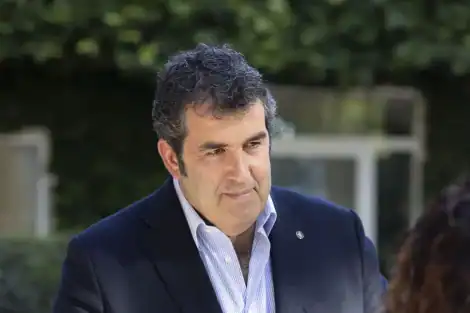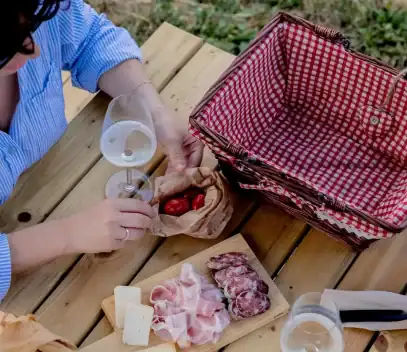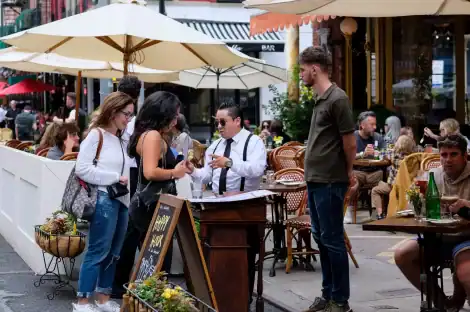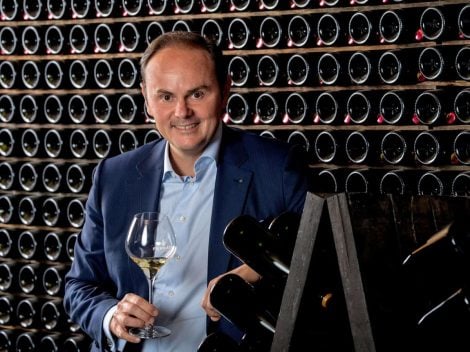It was the result of a debate that lasted at least 8 years, made up of discussions, mediations and long pauses for reflection, even if it had already been discussed since the 1980s. In the end, the meeting of the Consorzio Vino Chianti Classico shareholders on 16 June approved by a majority (over 90%) the list of 11 additional geographical units (Uga), proposed by the board of directors. They are Castellina; Castelnuovo Berardenga; Gaiole; San Casciano; San Donato in Poggio (including the territories of Barberino, Tavarnelle and Poggibonsi) and Vagliagli. Greve in Chianti, the largest municipality, was in turn divided into four: Greve, Panzano, Lamole and Montefioralle.
The process that led to the 11 Uga
President of Gallo Nero Giovanni Manetti (who is standing for election to the next board of directors by the end of the summer) affirms: "The project took a turn over the last three and a half years and was delayed in the last phase due to the pandemic. It responds to the needs expressed by many producers to revise the disciplinary, generating a positive list of geographical units. But, above all, it aims at satisfying the interest of consumers to get to know in greater detail the relationship between wine and the specific place of origin of the grapes". According to the Consorzio, the Uga will not be in any case an obligation for producers but only an opportunity. They will strengthen the wine-territory relationship, generating attention even in more restricted geographical areas; they will increase quality with respect to territoriality, they will allow the consumer to get to know the origin of the grapes and will increase the demand by differentiating the supply.
During the two-year terms of Sergio Zingarelli (Rocca delle Macìe), former president of the Consorzio Chianti Classico, the Gran Selezione was born (2014) and the foundations for the current project were laid. He judges the result reached at the meeting more than positively and defines it as "a rightly prudential agreement. The only possible mediation able to bring together all the different stakeholders in the production chain, the same that many years ago started with very divergent opinions. From those who wanted to approve them all immediately to those who didn't want to hear about it. Today, thanks to the work of President Manetti, we achieved the result with the commitment to extend the Uga to the other types within the next four years. Much will depend on how Gran Selezione wines from the Uga will be received by the market".
The main problem is the age-old issue regarding the lack of price stability of Chianti Classico bulk wines and stocks, with their likely market disturbances in the intracompany sales. For example, the tout court application of the Uga to Chianti Classico vintages could have created imbalances in the wine supply/demand in the various Chianti areas, favouring some to the detriment of others with considerable repercussions on wine prices. In view of the very fragile balance of the price system, the choices were based on "the utmost caution".
"As far as the Uga boundaries are concerned", explains President Manetti, "it was an easy issue to tackle, since some of them are municipalities and therefore they coincide with the administrative boundaries. This is also the case in other areas, where Chianti Classico can only be produced in a part of the municipal territory, as well described in the disciplinary. In other cases, we used the map of the hamlets, the history and the division into parishes, but also the morphology and the soil type".
Opponents: "Beware of the use of the term by other Designations of Origin".
Vittorio Fiore of Podere Poggio Scalette in Ruffoli in Greve in Chianti is one of the minorities (just under 10%) against the changes proposed by the board of directors. He relaunched the theme of the 'real' Chianti, highlighting the dangers inherent in the choice of the Uga. Dangers linked to the risk that other appellations might use the term, as happened years ago with Chianti DOCG and Gran Selezione: "The main goal that we must set ourselves as producers of Chianti Classico and members of the relative Consorzio," said Fiore, "is to achieve a ban, including legal action, on the use of the term 'Chianti' to identify wines produced outside the Chianti Classico production area. We will have further demonstration – the glaring one of the Gran Selezione type, which can be claimed by any Italian DOCG – when, after having drawn up the list of Uga, we will see labels of Chianti wine produced in San Casciano V.P., in Castelnuovo Berardenga, in Poggibonsi and so on, which will bear the name Chianti San Casciano; Chianti Castelnuovo Berardenga; Chianti Poggibonsi and so on".
Novelties also for the Gran Selezione
Once completed the institutional bureaucratic procedure (first the Regione Toscana, then the Mipaaf – Ministry of Agricultural, Food and Forestry Policies – for an estimated time of about 12 months, ed.), the Uga will apply only to the Gran Selezione (GS) type. In turn, it underwent a modification to the production disciplinary approved by the assembly as well. It foresees an increase in the percentage of Sangiovese from 80% to a minimum of 90% and the use of native red grapes traditionally present in the Chianti area for the remaining part (max 10%): Colorino, Canaiolo, Ciliegiolo, Mammolo, Pugnitello, Malvasia Nera, Foglia Tonda, etc., while Cabernet, Merlot and other vines will not be allowed anymore in the GS blend. This exclusion sounds like a significant stop to the so-called 'international taste', setting a precedent that can also be used for the other types of Chianti Classico, primarily vintage, where they are still permitted.
For those GS that have so far used small percentages of international grape varieties (just under 10% of the total, ed.) the Consorzio "proposes a period of five vintages following the date of entry into force of the proposal" to adapt to the new approved standard.
Territorial characterisation
At present, according to the data provided for March 2021 by the Consorzio, a total of 182 labels of Gran Selezione produced by 154 companies are on the market. Therefore, the Uga will concern about 6% of the total Chianti Classico produced. Furthermore, with regard to the modification of the GS ampelographical base, it should be noted that from a close examination of the wineries’ illustrative technical sheets carried out by the Consorzio, the presence of Sangiovese declared in over 90% of the GS labels is between 90 and 100%. The approved changes at the meeting with respect to the blend would only bring the disciplinary into line with the reality of GS wines currently produced.
Since the 1980s and 1990s there has been a need for greater territorial characterisation of Chianti Classico. Among young Chianti producers, this has been discussed ever since as a goal to be achieved. Today times have changed and the Uga are the beginning of a new phase in the modern history of Chianti Classico, but they are not a prerogative reserved only to Gallo Nero.
If the bureaucratic approval process runs smoothly, the first bottles of Chianti Classico Gran Selezione with Uga will be released from July 2022 with the 2019 vintage.
Box
An old story recalled by Burton Anderson
"I don't think many people remember that at the end of the 1980s I described for the Consorzio Chianti Classico wines by their municipalities. This study was quickly quashed in deference to large wineries and cooperatives that at the time had no interest in identifying wines on a municipal or local basis."
The quote is from the famous American journalist Burton Anderson, one of the first to write about Italian wine.
Box
Chianti Classico DOCG in figures
Located between the provinces of Florence and Siena, the territory (70,000 ha/173,000 ac) includes the municipalities of Castellina in Chianti, Gaiole in Chianti, Greve in Chianti, the entirety of Radda in Chianti and partly those of Barberino Tavarnelle, Castelnuovo Berardenga, Poggibonsi and San Casciano in Val di Pesa. The total area planted with vines extends over 10,000 hectares (24,710 ac), of which 7200 hectares (17,800 ac) are vineyards present in the Chianti Classico register. In the last 10 years, the average annual production is 270,000 hl (165,000 barrels), while the average annual production in bottles is 35/38 million. The Consorzio Vino Chianti Classico has 480 members, of which 342 are wine bottlers. Chianti Classico wine is exported to more than 150 countries around the world.

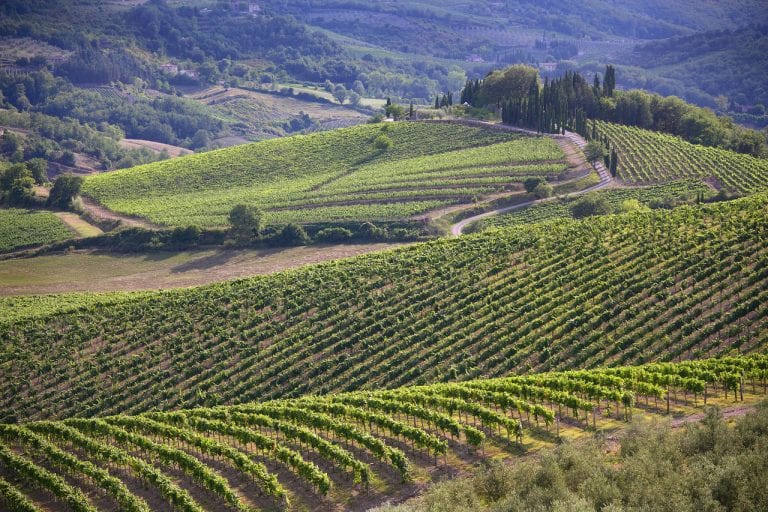
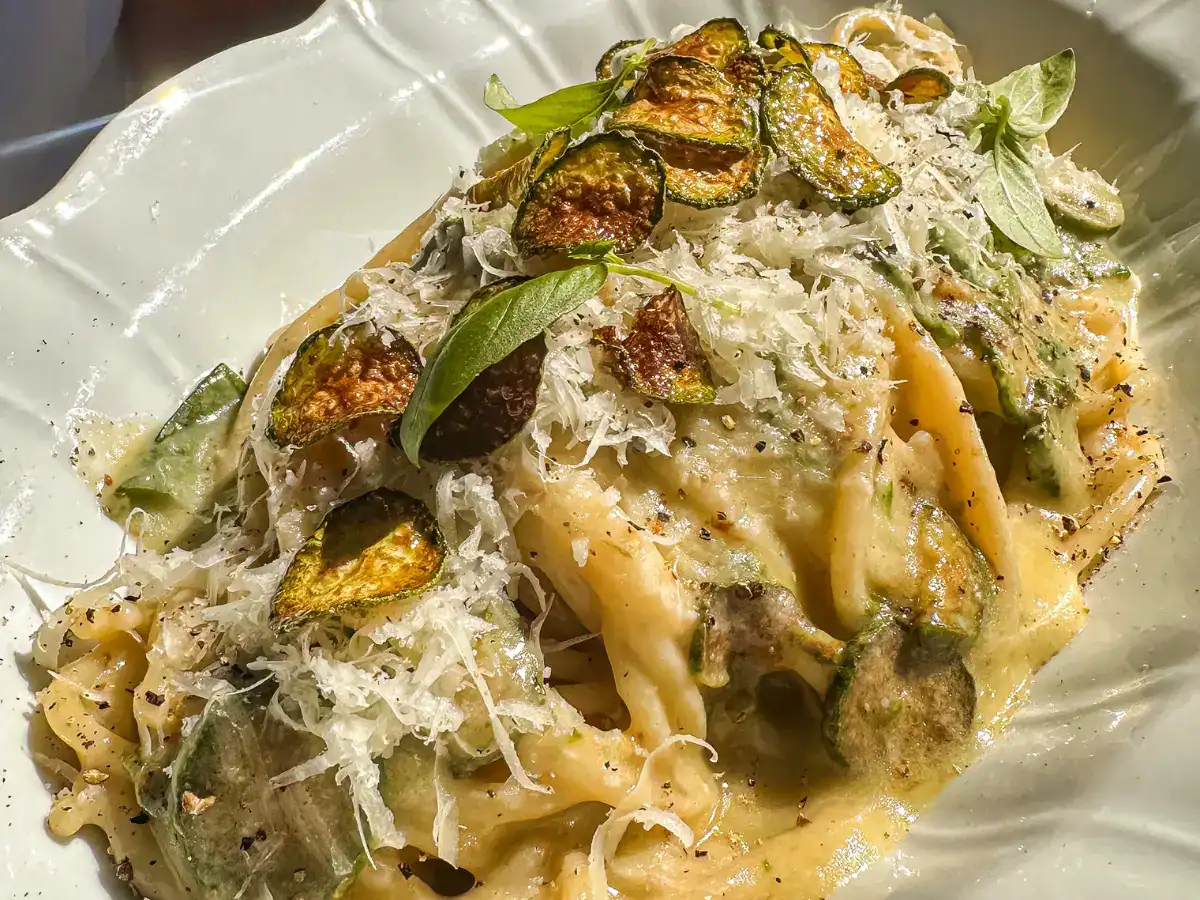 All the secrets to making perfect Pasta alla Nerano at home
All the secrets to making perfect Pasta alla Nerano at home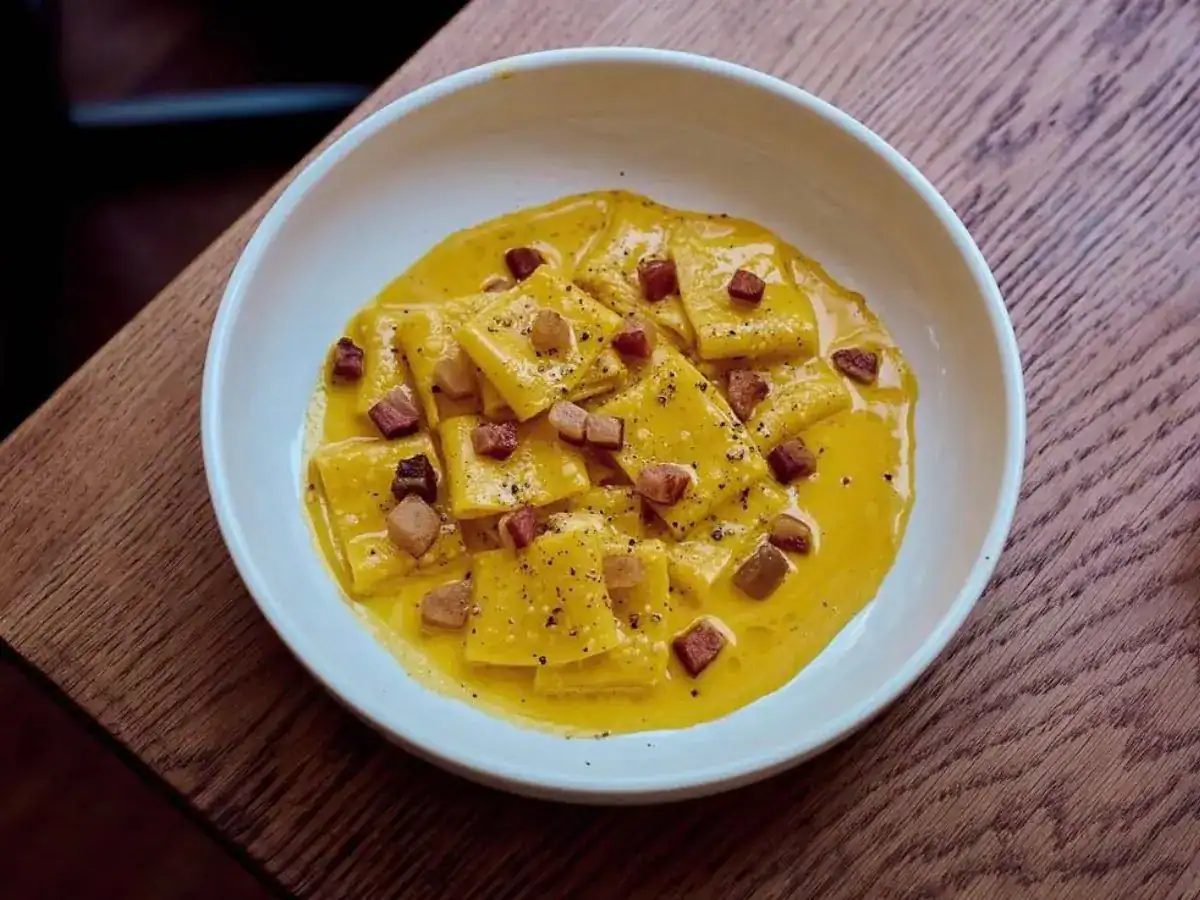 A trattoria inspired by Pipero’s carbonara opens in London
A trattoria inspired by Pipero’s carbonara opens in London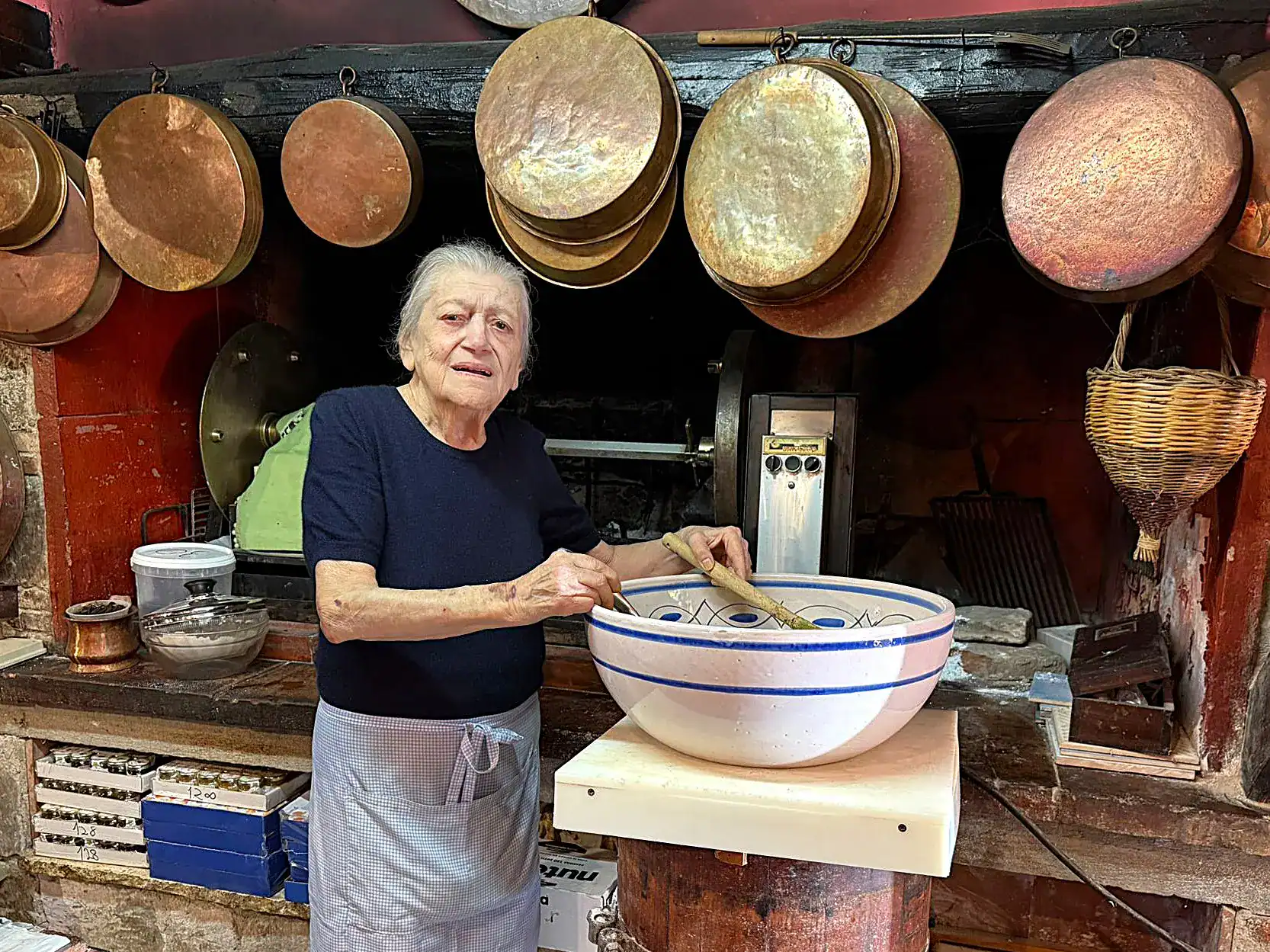 At 86, she still makes limoncello the old-fashioned way: the recipe from a restaurant on the Sorrento coast
At 86, she still makes limoncello the old-fashioned way: the recipe from a restaurant on the Sorrento coast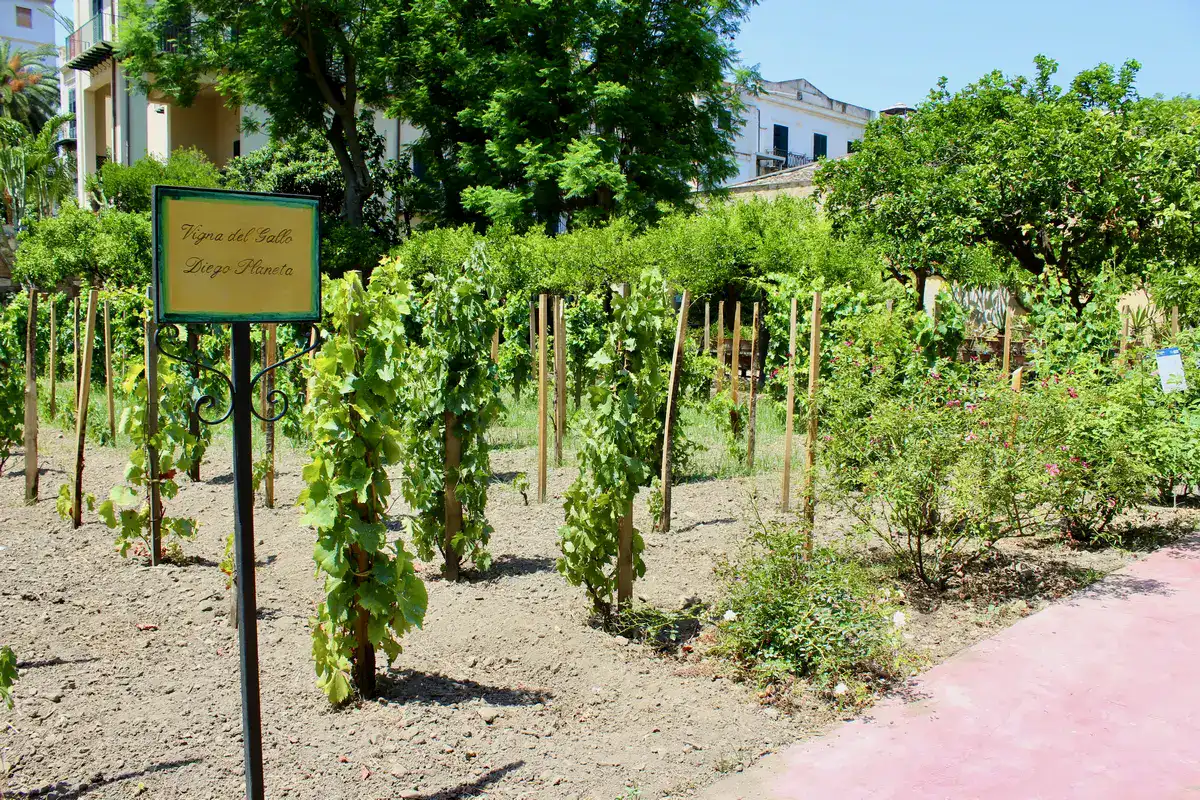 There is a vineyard-laboratory in the heart of Palermo that is becoming a regular stop for scholars and tourists
There is a vineyard-laboratory in the heart of Palermo that is becoming a regular stop for scholars and tourists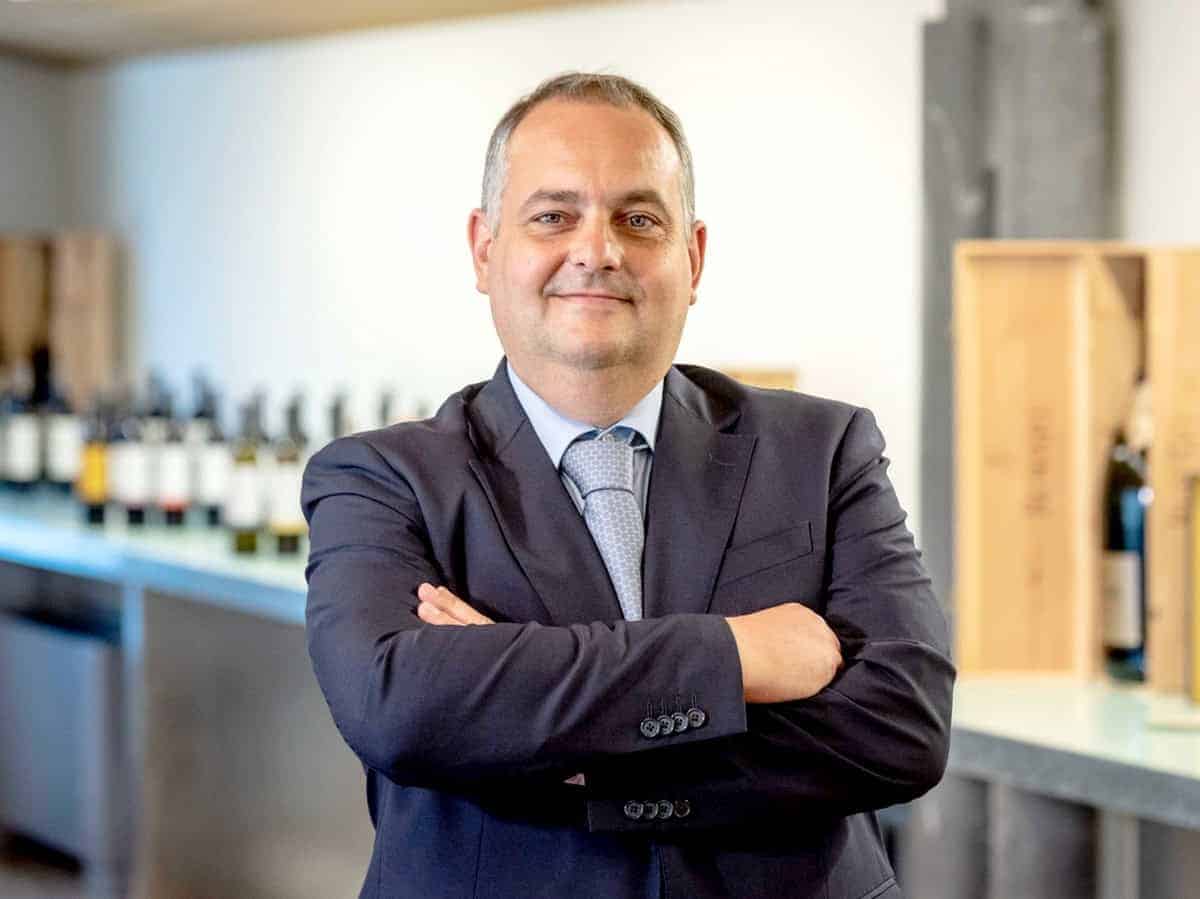 “A 30% tariff is unsustainable – but it’s consumers who will pay the most.” Francesco Giovannini of Mezzacorona issues warning
“A 30% tariff is unsustainable – but it’s consumers who will pay the most.” Francesco Giovannini of Mezzacorona issues warning